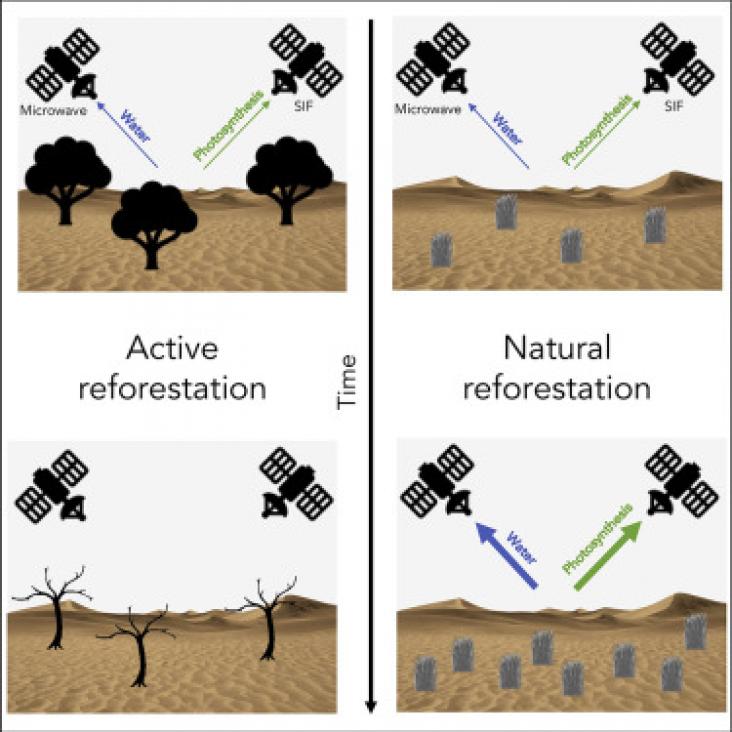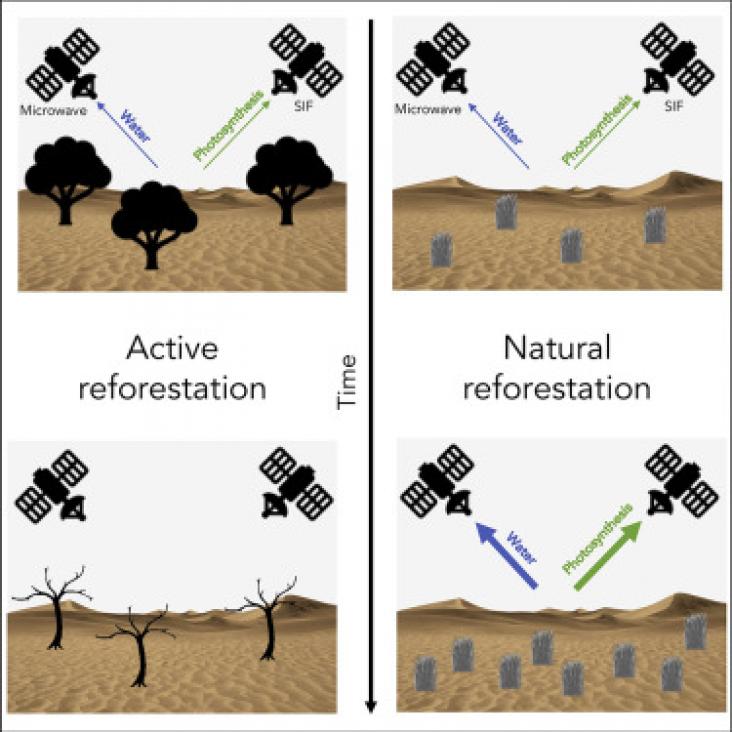Agricultural landscapes cultivated in hilly and mountainous areas, often with terracing practice, could represent for some regions historical heritages and cultural ecosystem services.
Soil organic carbon (SOC) in croplands is a key property of soil quality for ensuring food security and agricultural sustainability, and also plays a central role in the global carbon (C) budget.
Increased demand for food to feed the ever-growing population led to development and adoption of synthetic chemicals as a quick and effective strategy of managing crop pests and diseases.

In 2017, Chioma Blaise Chikere was awarded the second prize of the Green and Sustainable Chemistry Challenge. Her project “Eco-restoration of crude oil-polluted land in Nigeria” demonstrated how organic nutrients such as garden fertilizers and animal excreta can be used to degrade hydrocarbons, cleaning up the soils heavily contaminated by decades of oil spills and advancing SDGs 6, 13 and 15. Three years later, we caught up with Dr. Chikere to learn about her research journey.
With the increasing importance of ‘emerging powers’ in the global economy, questions are raised about the role of developing countries in shaping global norms.
Sustainable Development Goal (SDG) indicator 15.1.1 proposes to quantify “Forest area as a proportion of total land area” in order to achieve SDG target 15.1.

In this study, we use a new type of satellite data looking at vegetation water and photosynthesis to compare the success of different reforestation methods, using China's Three-North Shelterbelt Program as a case study.

We assess the success of natural reforestation in China's TNSP using satellite data. We use microwaves and SIF to measure water and photosynthesis in dryland vegetation. A strong correlation is found between reforestation and remote sensing data. Natural reforestation is successful at increasing vegetation activity in arid areas
Evidence-Based Guidelines for Prioritizing Investments to Meet International Conservation Objectives
Biodiversity is in rapid decline, largely driven by habitat loss and degradation. Protected area establishment and management are widely used to maintain habitats and species in perpetuity.
Land-use intensification at the field and landscape scale is a strong driver for declining biodiversity and ecosystem service provision.
